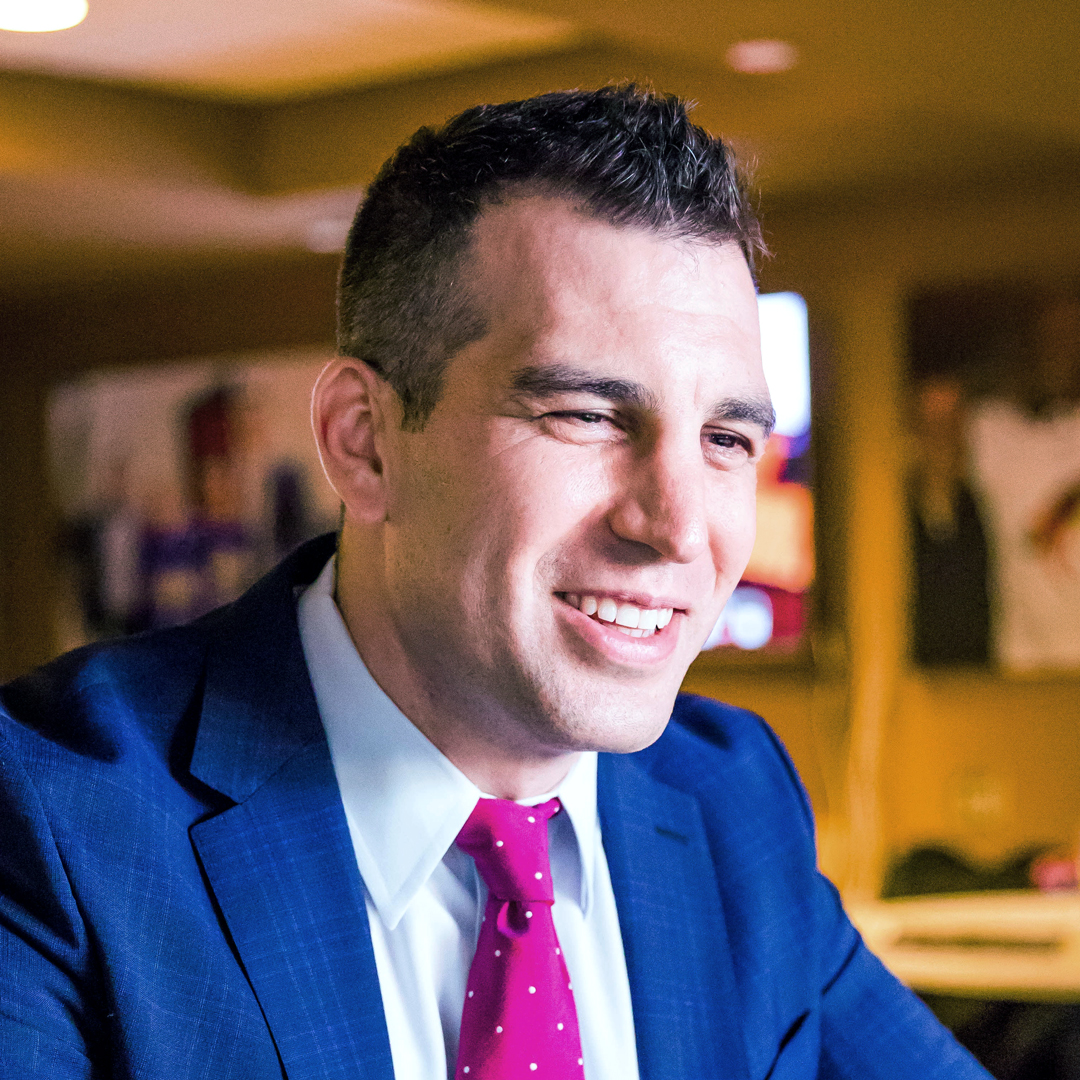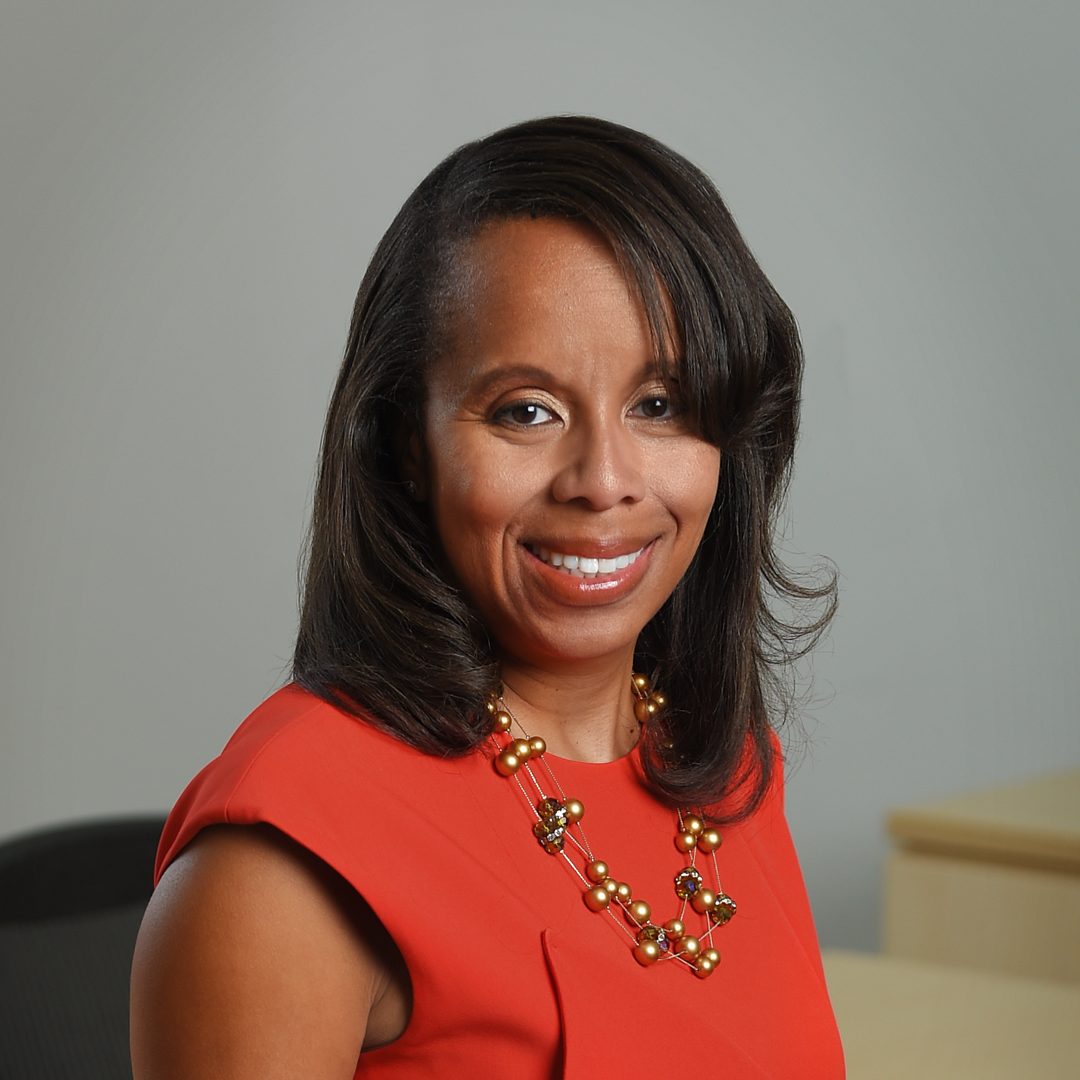Higher education is a business, but it’s also an experience. It’s a community experience, a transformative experience, and an inspirational experience, especially for first-generation college students. Washington State University’s Stacy Pearson, herself a first-generation college graduate, wants the WSU experience to be the best it can be.

Pearson has lived and worked in the Pacific Northwest for decades. After obtaining a bachelor’s degree in accounting from the University of Idaho, she traveled throughout Idaho, Oregon, and Alaska working for organizations such as the Environmental Conservation Department and the Idaho State Board of Education. And it was that position with the Idaho education board, Pearson says, that really sparked her interest in higher education.
“I got to travel around to all of the public and private campuses in Idaho, and I became fascinated with not only the business of higher education but also the industry of education,” Pearson recalls. “It’s an industry that changes lives.”
Higher education gave her a career and opened up another world for her, Pearson says, but a large part of her success in that industry is due to her own curiosity. Pearson says that her primary goal is obviously to understand her specific position, but she is also driven to understand the broader culture and systems of the university.
“What are the student services like? The facilities? The academic programs? You have to know what the university’s mission, vision, and goals are in order to really do your job well,” asserts the CFO and vice president of finance and administration.
Most of the time, Pearson explains, this comes down to listening to people talk about their needs and challenges, identifying solutions, and collaborating with others to discuss their ideas. But for her, Pearson laughs, this has sometimes meant taking on projects and tasks that she “knew nothing about.”
Making the Cougar Experience Count
1890
WSU founded as Washington’s original land-grant university
$357 million
WSU’s research and development expenditures for FY 2017
$380 million
The amount of financial aid and scholarships received by WSU undergraduate students in 2017
4 research and extension centers that work to sustain crop health and Washington growers’ productivity
39 WSU Extension offices that provide educational opportunities throughout the state
“I was at Boise State University for more than twenty-one years, and during that time I faced a number of challenges, including the recession and a presidential transition. But it was nevertheless a single campus, so it was relatively easy for me to work with the president and provost to make financial decisions,” Pearson notes. But WSU sprawls across the entire state of Washington, encompassing regional campuses in Spokane, Vancouver, Everett, and the Tri-Cities, as well as a global online campus and the main campus in Pullman.
Each campus has a different environment and different character, Pearson says, which has made it somewhat challenging for her to create a budget model that addresses diverse needs. But right now, each and every campus is all pulling together to help the university fulfill its goal of becoming one of the nation’s top twenty-five public research universities by 2030.
This initiative, called the Drive to 25, is designed to improve the university and the value of the WSU experience by attracting new students, new sources of funding, and new partnerships. “The mission of a land-grant university is to extend out to the citizens of the state and make their education, and the results of their research, very impactful to the state and its communities,” Pearson explains.
According to Pearson, WSU already has an incredible impact on Washington and its citizens. The university’s research benefits numerous industries in the state, from the wine industry to the dairy industry to even the aerospace industry. The Drive to 25 initiative will help the university further that impact, as exemplified by the Elson S. Floyd College of Medicine recently established on the Spokane campus.
“The medical school is a way to develop research and attract federal research projects,” Pearson says. “But it’s really touted as a community-based medical school, because third- and fourth-year students go to other campuses and communities for residencies and internships, which fits into our larger goal of helping to improve medical care and services in the more rural parts of the state.”
As CFO and VP at WSU, Pearson is tasked with building the financial and administrative foundation to support all of that growth. In two years, Pearson has led a fiscal health initiative that has reduced the university’s operating deficit from $30 million to a positive balance of nearly $8 million.
To achieve that remarkable result, she and WSU’s leadership team—as well as all the faculty and staff at WSU’s other campuses—have focused on ensuring that resources are supporting Drive to 25 mission.
“We were all brought to this university to make it successful,” Pearson emphasizes. “So, it behooves us to find ways to work together and help each other meet our goals.”
New Paths, New World
“The main WSU campus is located in the rural Palouse region of Washington. Some people would say it’s in the middle of nowhere,” Stacy Pearson laughs. “Yet it is a very unique and beautiful place.”
Pearson embraces the community, and its surrounding golden plains, by biking. When she moved to Washington, she was three months away from a knee replacement surgery. Now, Pearson goes on long rides with other people in her biking group, traversing back roads and exploring the area around Pullman. “It’s been a whole new world, coming here,” Pearson says.

